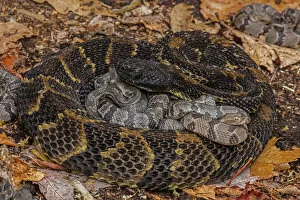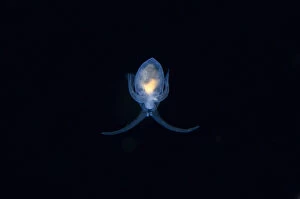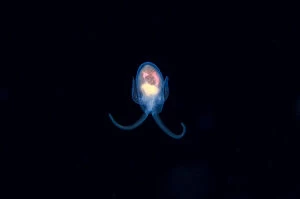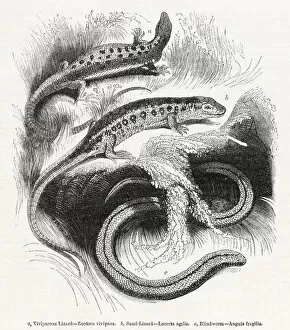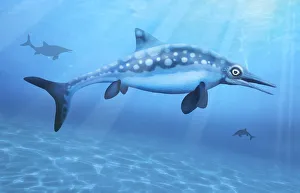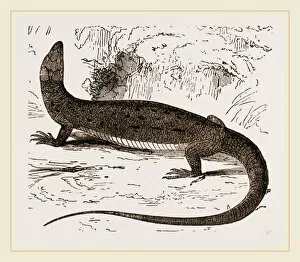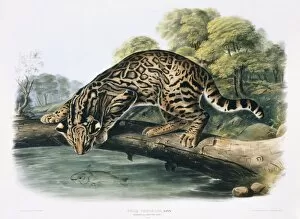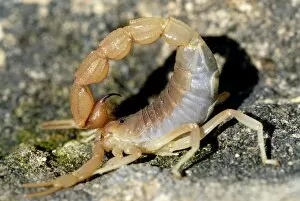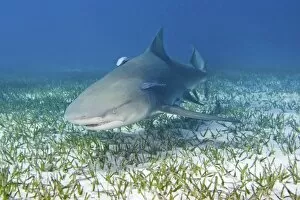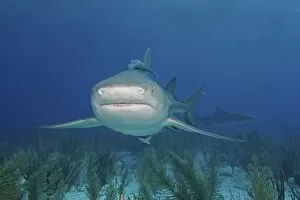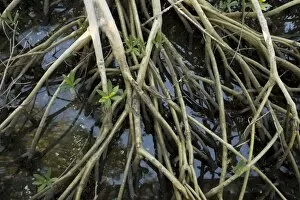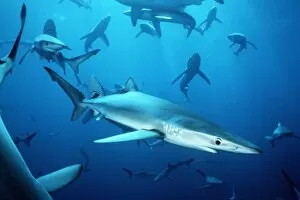Viviparous Collection
"Exploring the Fascinating World Species" In Picture No
All Professionally Made to Order for Quick Shipping
"Exploring the Fascinating World Species" In Picture No. 12479521, we are introduced to the Rubber Boa, a viviparous snake species found in various regions across the United States and Canada. Unlike most snakes that lay eggs, these boas give birth to live young. Moving on to Pennsylvania, USA, we encounter a Timber Rattlesnake female with her newborn offspring. This species is also viviparous, showcasing the incredible ability of certain reptiles to nurture their young internally before giving birth. Meanwhile, in Staffordshire, we witness a beautiful moment as a Viviparous/Common lizard basks on a rock. These lizards are known for their viviparity, meaning they bring forth live young instead of laying eggs like many other reptiles. Venturing into aquatic realms, we come across Zoarces viviparus or Viviparous Eelpout. Found in underwater habitats such as rivers and coastal areas, this fish demonstrates viviparity by giving birth to fully formed juveniles rather than laying eggs. As our exploration continues underwater with UW INDO 2026 67 and UW INDO 2026 28 photographs capturing three varieties of lizards – including the vividly colored Viviparous blenny and Indian humphead – we marvel at nature's diversity within this reproductive strategy. Not limited to reptiles and fish alone; plants also exhibit vivipary. Festuca vivapara or Vivparous Sheeps Fescue showcases its unique adaptation by producing seeds that germinate while still attached to the parent plant. Concluding our journey through different organisms displaying this remarkable characteristic is Zoarces vivaparus once again - commonly known as Vivparous Eelpout. This marine creature thrives in cold waters using its specialized reproductive system where embryos develop inside the mother until they are ready for independent life.


